I felt the article included in the SJ Record was done much better than the PBS story, although there was a quote in the printed story that was taken out of context. The same was done in the PBS story where they had shown a small part of my interview that gave them this quote.
This is the quote they gave. “The raids–when they came and raided Dr. Redd, and his family and the other people here. You saw all the local people, they came in with guns and vehicles just like we were ISIS or something.”
So if a person is to read that quote they could get the impression that it was the local people that came in with guns and vehicles like ISIS. I was obviously struggling with some emotion when I gave that quote and had a hard time putting my words together (the interview they showed was really really awful).
Had they included what I said IMMEDIATELY after that, it would have been very clear that it was the federal agents that came in armed. That the citizens of the county had stood by peacefully and forced to see their neighbors terrorized.
During the interview, I shared a conversation that I had with someone who had recently moved to Blanding right after the raids. He was asking me questions about the raids and the experience here. I told him it was overkill, to put it mildly. What they accomplished through brute force could and should have been done peacefully and should have been done in coordination with the local sheriff.
He had the perception that it was necessary for the federal agents to come in “loaded for Bear” because just about every man, woman, and child owns a gun and they didn’t know what to expect. He also had a negative perception of the citizens here and that we were somewhat backward, uneducated and racist renegades.
Now let me ask you, since he was someone who was brand new to the area, no relatives or previous friends or contacts that were from or knew anyone from San Juan County, where do you think he had obtained this redneck stereo type of us? Yep, the mainstream media.
I agreed with my friend that a significant number of residents in San Juan County own guns and are armed. Yet there was not even one resident who pulled a gun or tried to in any way interfere with the Federal Agents. We had to stand and watch as our neighbors were drug, half dressed at times, out of their homes and held at gun point along with family members. There was no vigilantism or even a whisper of an attempt to take the law into our own hands as much as it hurt to watch those we knew as good people be brutalized in such an unnecessary manner. (Sorry, long sentence)
Switching gears for a minute: There are two main library branches in San Juan County. One in Monticello and the other in Blanding. More than half of Blanding’s population is Native American and the rest is mostly Anglo. Monticello has fewer Native Americans but a number of Spanish speaking residents along with anglo residents. There are 3 other “satellite” libraries in the county. One in La Sal, one in Montezuma Creek, and one in Bluff. The county has also partnered with the schools in Monument Valley and Navajo Mountain and their High School libraries in helping to fund materials and help pay for librarian salaries so as to be able to extend library hours.Health Services in San Juan County:
1 hospital and 1 clinic in Monticello owned by the county
1 clinic in Blanding owned by the county
1 clinic in Blanding under UNHS (Utah Navajo Health Systems) which is an IHS facility
1 hospital in Blanding (Blue Mountain Hospital, not owned by the county or under UNHS)
1 clinic in Montezuma Creek under UNHS, again an IHS facility. Brand new, spacious and top notch…
Why is this information important? Well, it was conveniently left out of the PBS report and presented the people in San Juan County as enjoying “white privilege” when it comes to these important services offered throughout the county.
People who are familiar with the reservation understand why services are located where they are without there being anything nefarious involved. If you look at where the density of the populations reside in the county, the location of these services makes perfect sense and rather than anything to do with white privilege. Also, remember that more than half of Blanding’s population is Native American, where there are 2 clinics and 1 hospital and a main branch county library.
Roughly 3000 sq miles of the almost 8000 sq miles in San Juan County is reservation, making it nearly impossible to offer services within a half hours travel time to everyone living here. The population that resides on the reservation is very spread out. Services offered on the reservation are located where the population is more dense, such as Montezuma Creek.
One other point that I would like to include. One of the students that was part of the interviewing followed me to the library after meeting at Janet’s house to do some filming there. I introduced him to my staff. At the time, I had 2 Native Americans and 1 Anglo and 1 staff member who was half Mexican and half Native American. No mention of this anywhere in the PBS story…
A group of students came to San Juan County with a seasoned reporter to spend some time among the residents and to report on their findings in a fair and balanced manner. One of their questions: Why the growing distrust with the mainstream media? My answer (which they quoted correctly in the SJ record) “You watch the national news and you sit here from home and you think, ‘What? Where did they get that?’ We have been so villainized in the media…People are just turning away from your major national news sources in rural areas more and more because they know what is being told is false due to their own experiences.”
My trust with the mainstream media has dwindled, if possible, even more after this last experience. I would suggest that next time any journalist students would like to learn more about an area and the people that live there and then do a fair and balanced report, leave the seasoned mainstream journalist behind…
Janet Wilcox:
“Like the wolf in sheep’s clothing, the Annenberg team had a hidden agenda when they came to San Juan County. Even though what they wrote for the local paper was innocuous and reader-friendly, lurking in the future was the goal to disparage San Juan County and expose the supposed disparity in services and representation of Navajo people. What they failed to investigate was the convoluted laws and decisions imposed by Navajo tribal government itself, that interferes with real progress in Utah. Much of San Juan County is reservation lands and because Navajos claim to be a sovereign nation, services such as ambulance’s, police, water development, and electricity are responsibilities managed by the Navajo tribe. Because their homes are on Navajo land – which they can never own– they pay no property taxes in the county. No where in the story does it discuss the responsibility of the Navajo tribal government, and why they have been neglecting their own people. For decades Utah Navajos have been treated like orphans by the Navajo Nation. Almost to a person, any Utah Navajo would corroborate this (unless, of course, they had a position on the tribal council!). This was a huge part of the story never included in the team’s investigation.
During those same years, the productive oil fields of Montezuma Creek and Aneth have been generating millions of dollars which should have been used to bless tribal members living in Utah. Those oil royalties were going to the Navajo tribe, with only 1/3 of it coming back to help the Navajos in Utah. Finally, this past year, thanks to the efforts of Commissioner Rebecca Benally and others, that ratio was changed, and now 2/3rds of the royalties are finally coming back to Utah where they belong. With wise management, these monies can make a big difference in the quality of life Navajos could have been having all along, on the Utah side of the reservation.
Perhaps it is time for Utah Navajos to secede from the tribe and claim these lands as their own and manage all the royalties generated, thus becoming 100% San Juan County citizens and tax payers.
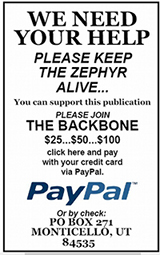

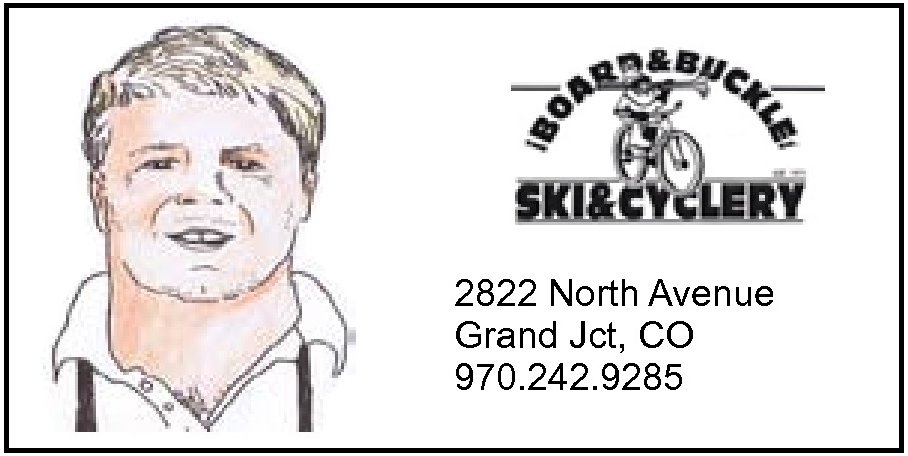

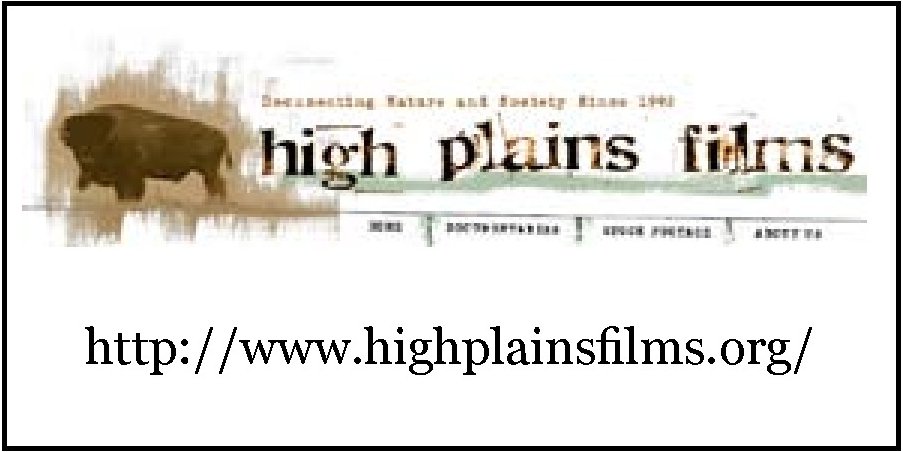

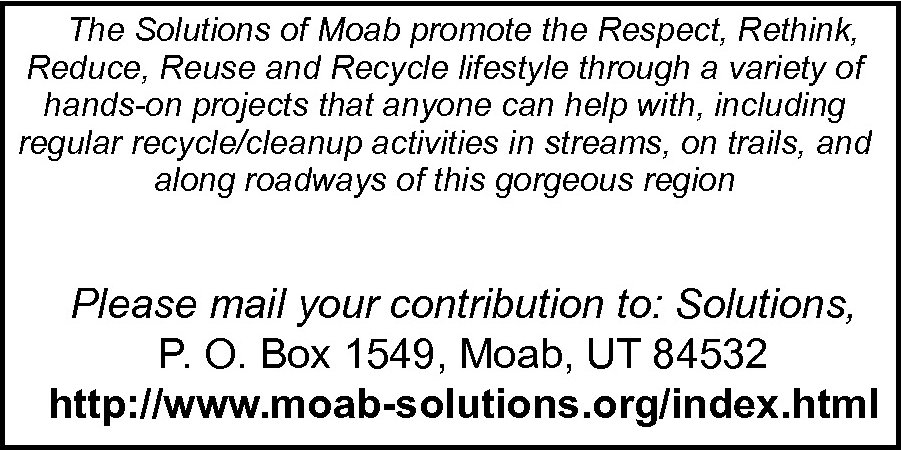
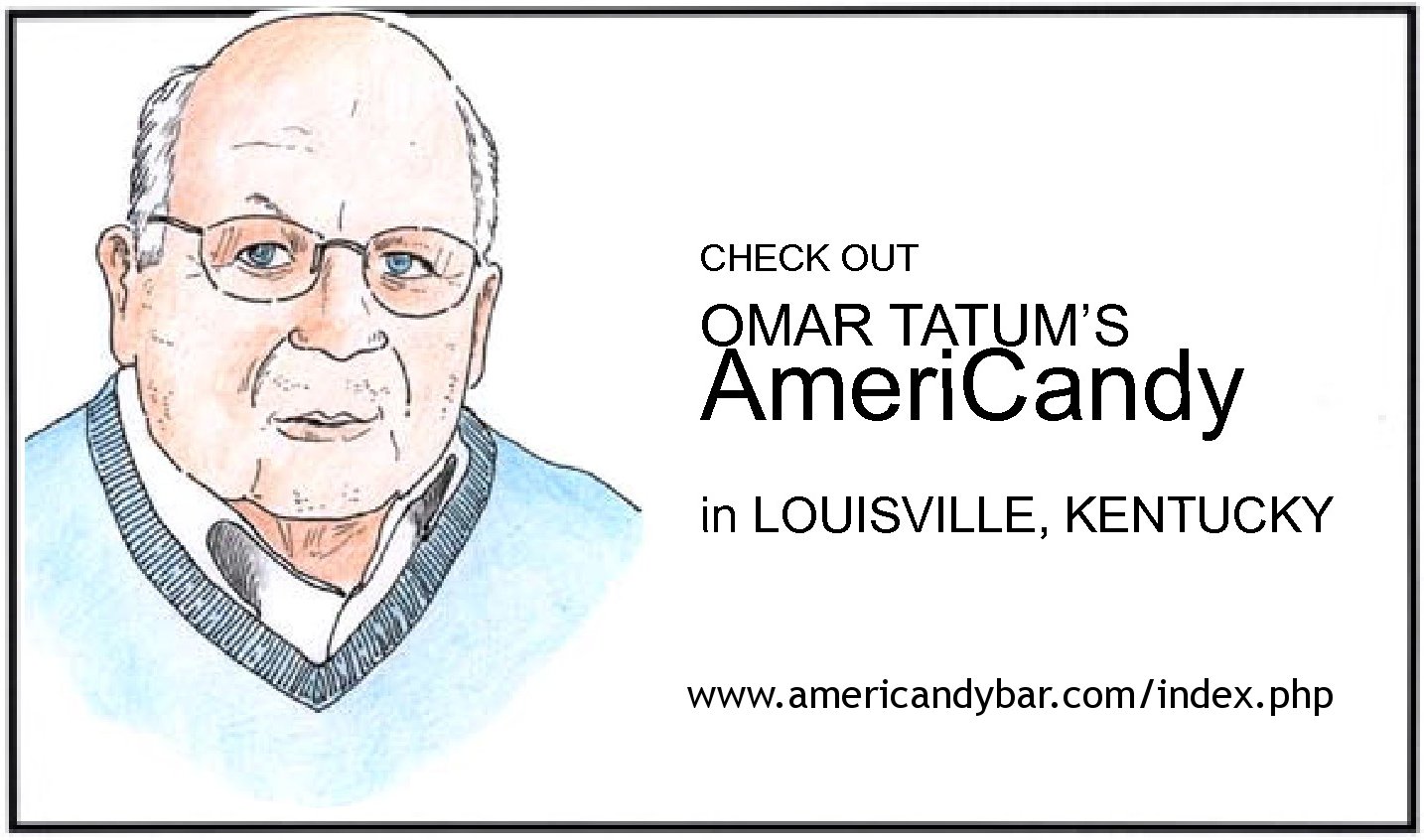


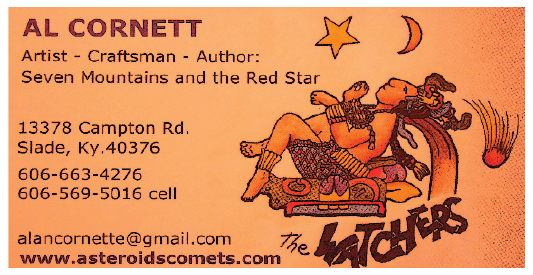


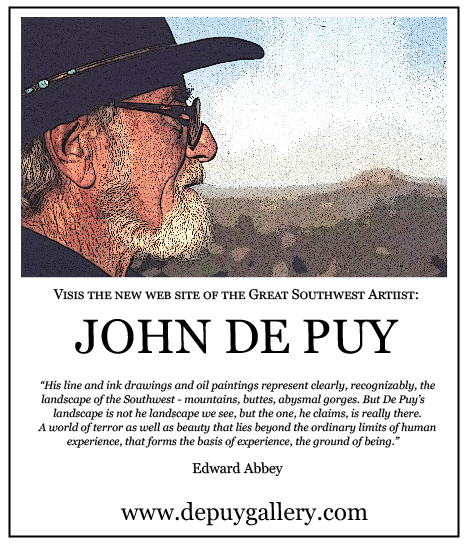

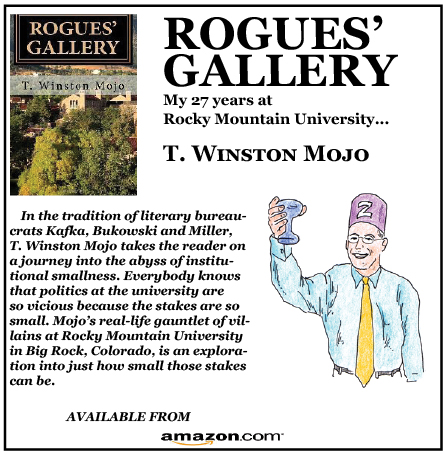
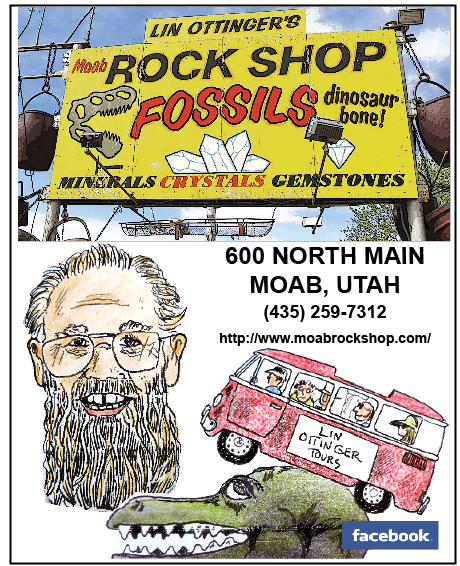
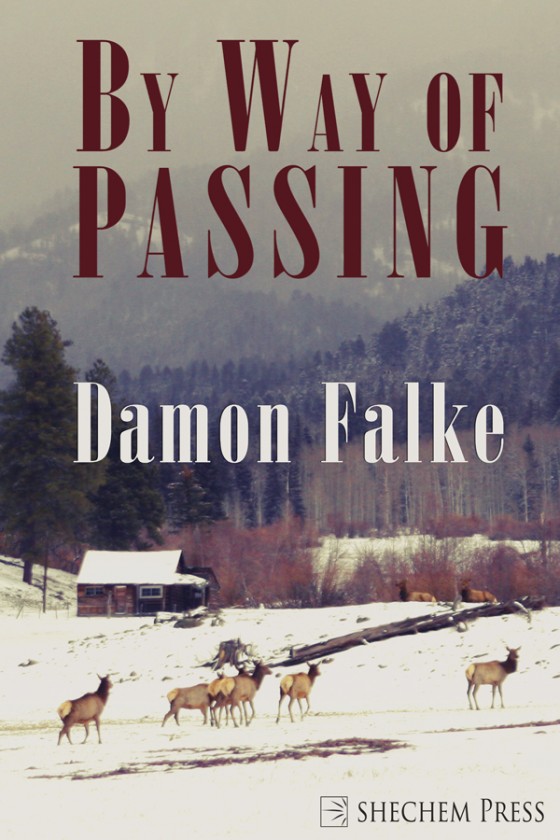
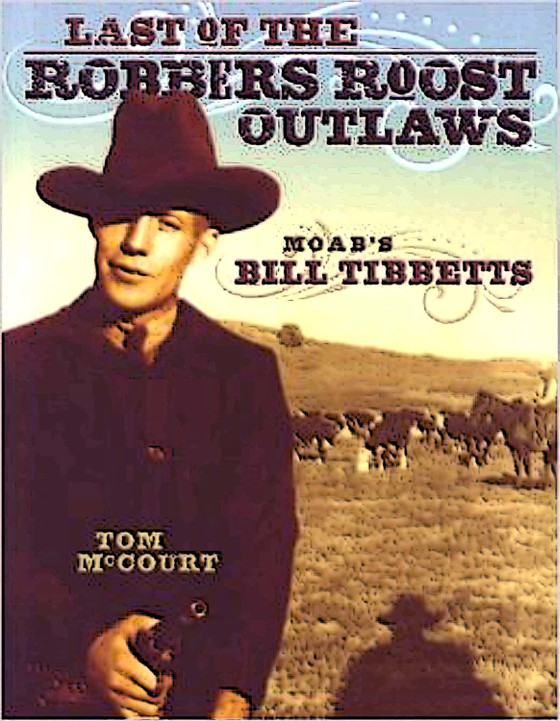
0 Responses
Stay in touch with the conversation, subscribe to the RSS feed for comments on this post.